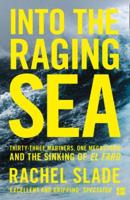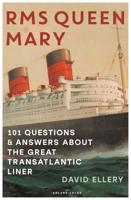Publisher's Synopsis
It is universally recognised and accepted that overall ship vibration as an important measure to ensure the habitability, safety and functionality of marine vessels. This book examines the causes and effects of ship vibration to provide users with specific guidance on the design, analysis, measurement procedures and criteria in order to achieve the goal of limiting the ship vibration to an acceptable level. This Book 1 considers the design and construction of the hull, superstructure, and deckhouse of a steel vessel based on all applicable requirements of established classification society (Class) rules. Specifically, for container carriers over 130 metres in length, the Class rules require the consideration of vibratory responses of hull structures, as applicable. For LNG carriers, the Class rules require special attention to the possible collapse of the tank membrane due to hull vibration. For ship-type floating production units with spread mooring, the rules relating to the building and classing of facilities for offshore installations require the flare tower/boom and hull natural frequencies to be separated to avoid resonance or near resonance. This book should be read in conjunction with Book 2, Propulsion Shaft Alignment, which considers the effect of propulsion shaft vibrations. This book provides practical guidelines on the concept design to assist ship designers to avoid excessive shipboard vibration at an early design stage. These guidelines also assist with the finite element analysis (FEA) based vibration analysis procedure to calculate the vibration response and evaluate the design at detail design stage. The analysis procedure represents the current analysis practice used by Class. These guidelines also offer guidelines on the vibration measurement procedure at sea trials and the acceptance criteria on vibration limits based on international maritime industry standards










